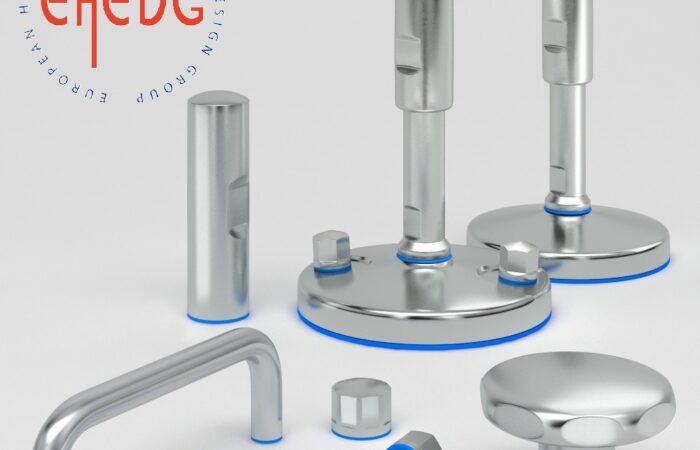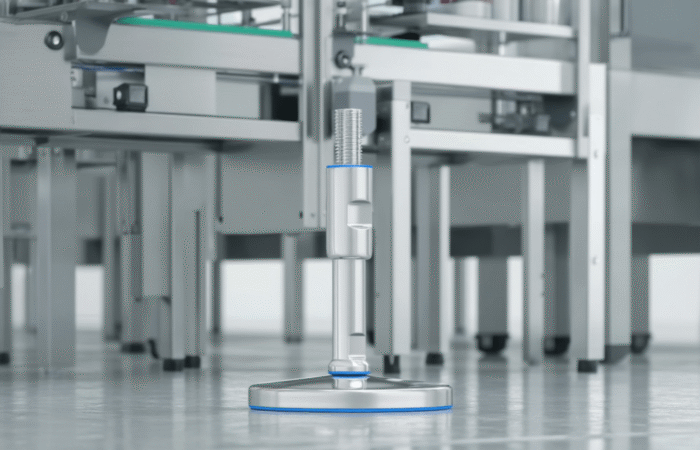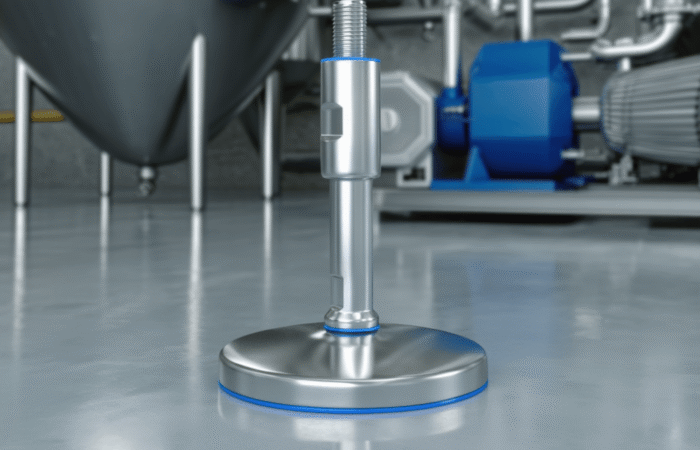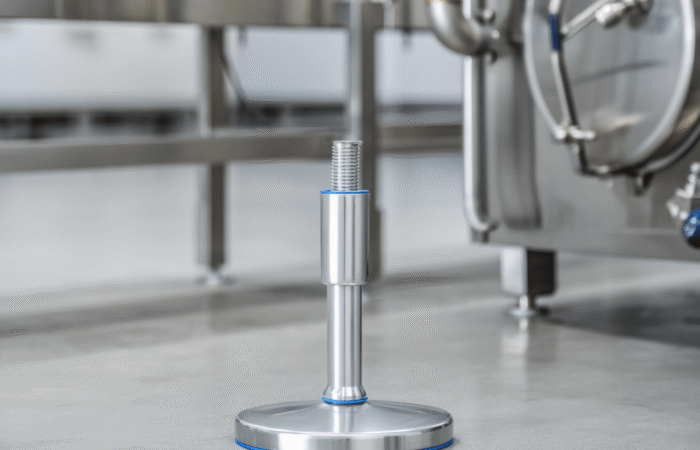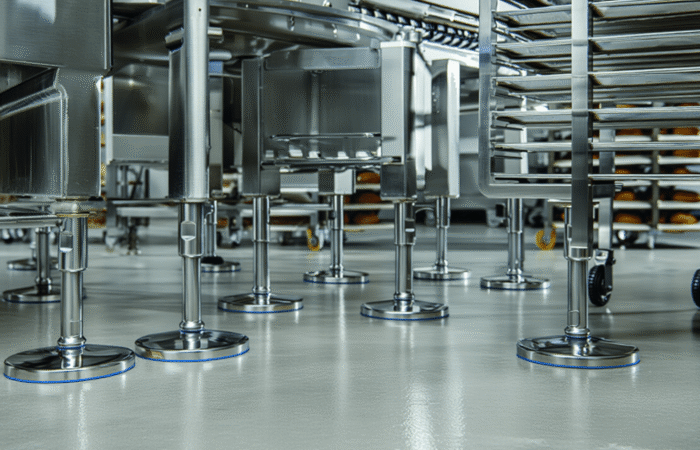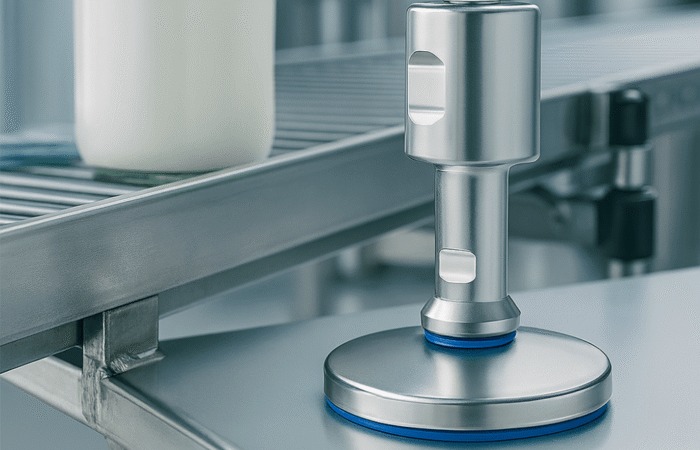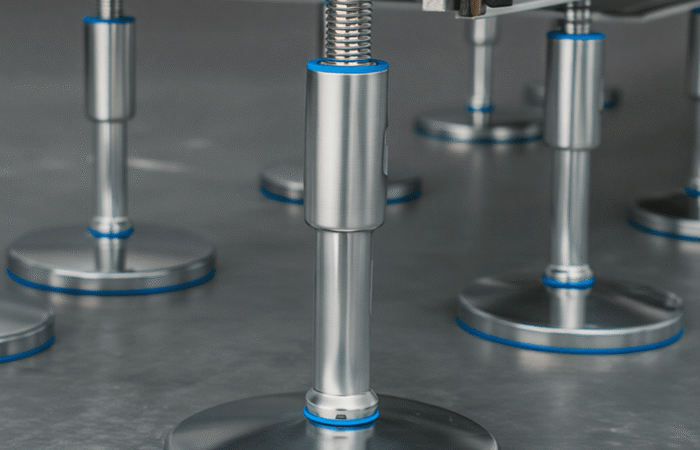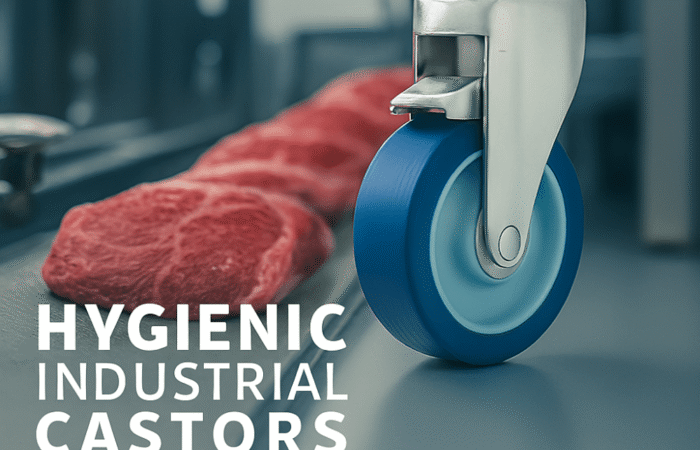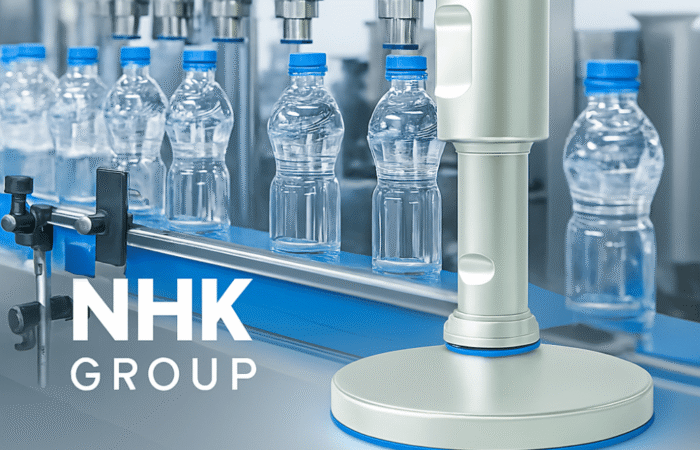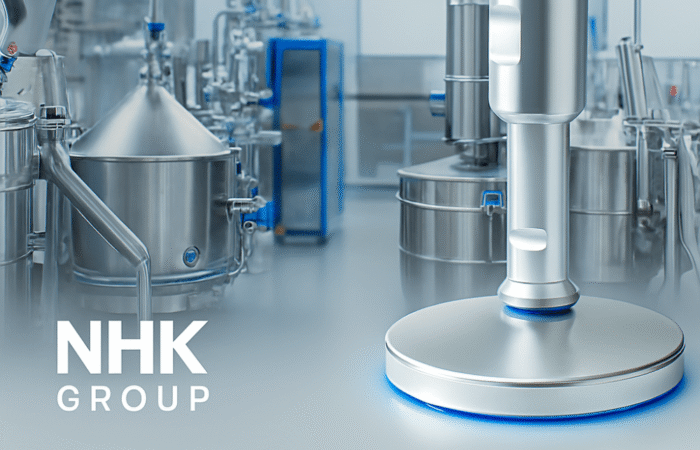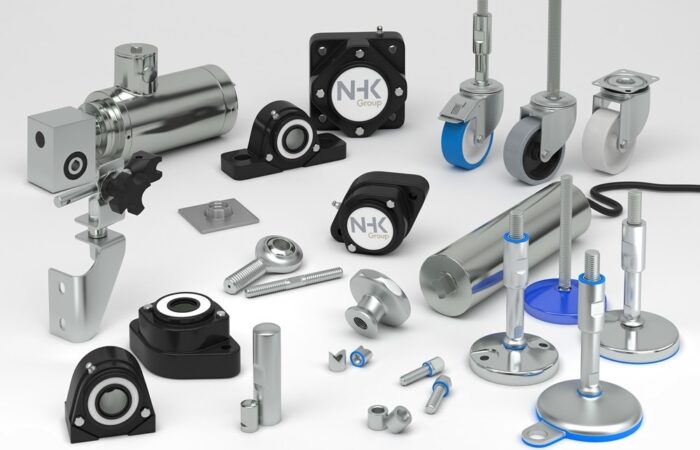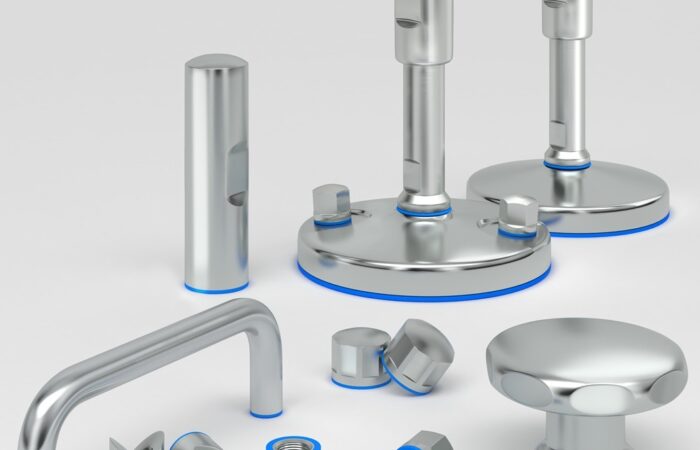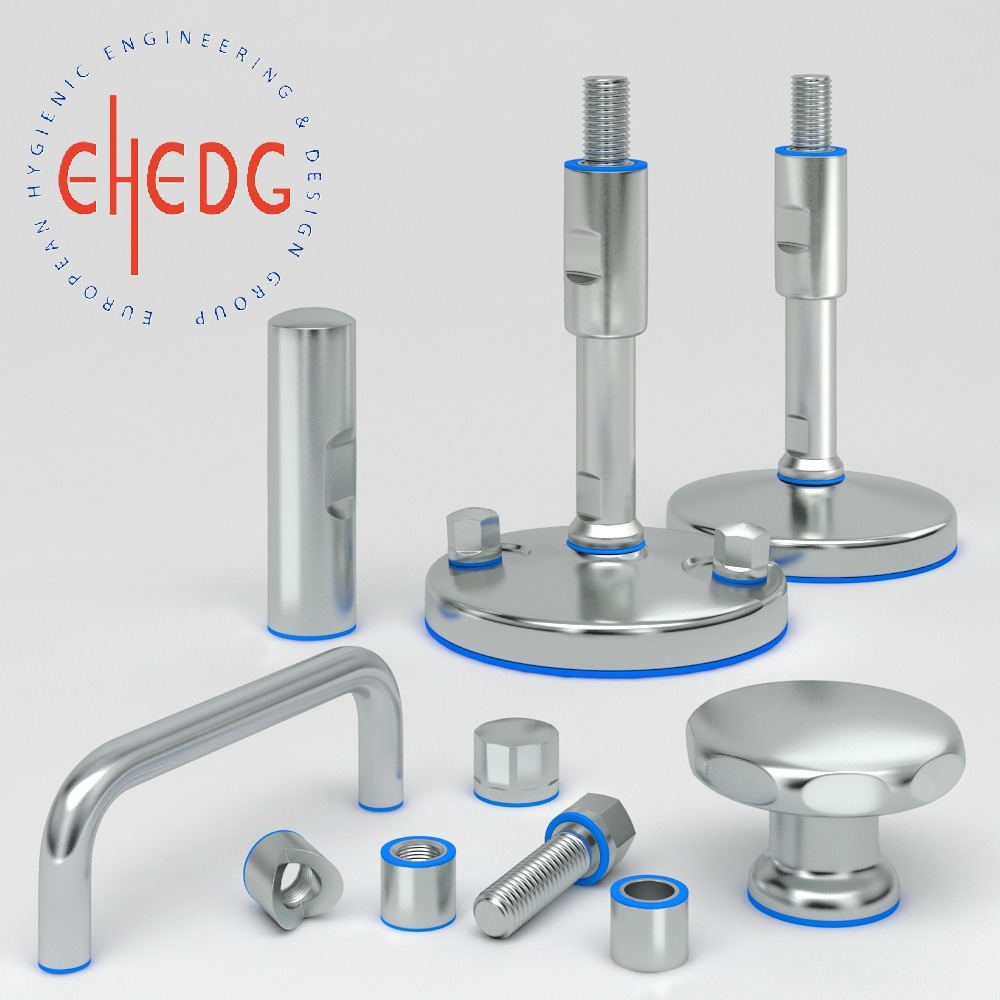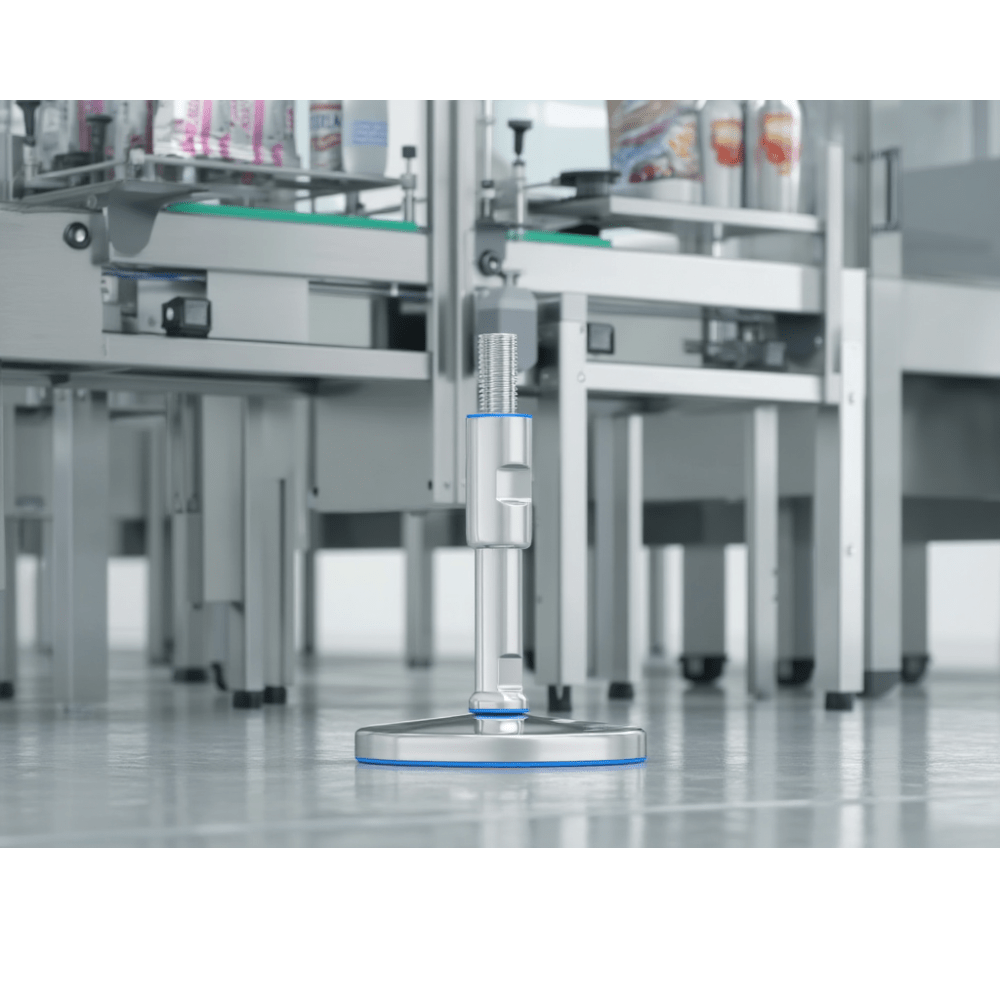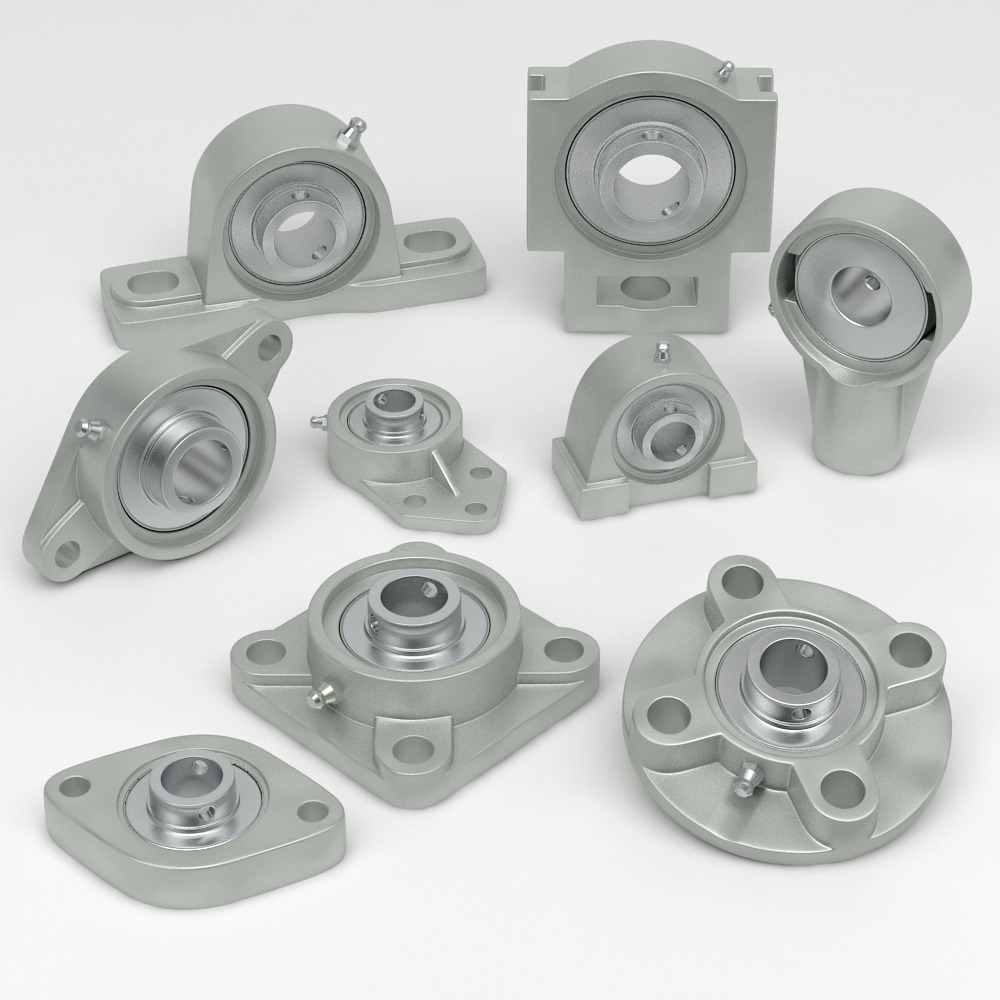
Usage of Stainless Steel 420 vs. 440 Bearing Units
Choosing between Stainless Steel 420 and 440 bearing units depends on several factors, including environmental conditions, load capacity, wear resistance, and budget. Below is a detailed breakdown of the industries and specific applications where each type of stainless steel excels. Why Use 420? Examples of Use: Why Use 420? Examples of Use: Why Use 420? Examples of Use: Why Use 420? Examples of Use: Why Use 440? Examples of Use: Why Use 440? Examples of Use: Why Use 440? Examples of Use: Why Use 440? Examples of Use: Why Use 440? Examples of Use: ✔ Your application requires moderate corrosion resistance. ✔ You need high wear resistance for heavy loads. The choice between Stainless Steel 420 and 440 bearing units depends on corrosion resistance, wear resistance, strength, and cost considerations. By selecting the right material for your specific needs, you can maximize equipment lifespan, minimize maintenance costs, and enhance operational efficiency. 420 Stainless Steel Bearings → Best for moderate load applications in dry or mild environments (food processing, automotive, general industry).Where and Why to Use Stainless Steel 420 vs. 440 Bearing Units
Where and Why to Use Stainless Steel 420 Bearing Units
1. Food Processing Equipment (Mild Environments)
2. Light-Duty Industrial Machinery
3. Automotive and Mechanical Components
4. Medical Equipment (Non-Sterile)
Where and Why to Use Stainless Steel 440 Bearing Units
1. High-Speed and Heavy-Load Industrial Machinery
2. Pharmaceutical and Hygienic Processing Equipment
3. Marine and Coastal Environments
4. Aerospace and Defense Applications
5. Harsh Chemical Processing
Choosing the Right Bearing Unit Based on Application
Use Stainless Steel 420 When:
✔ You need cost-effective bearing units.
✔ The operating environment is dry or mildly humid.
✔ You require good machinability for easy customization.
✔ The loads and speeds are moderate.Use Stainless Steel 440 When:
✔ The environment is damp, humid, or slightly corrosive.
✔ Your application involves high-speed rotating machinery.
✔ You require high strength and hardness to extend bearing life.
✔ The application is in food, pharma, aerospace, or chemical processing.Which One Should You Choose?
440 Stainless Steel Bearings → Best for high-load, high-speed, and corrosive applications (pharmaceutical, aerospace, marine, and defense industries).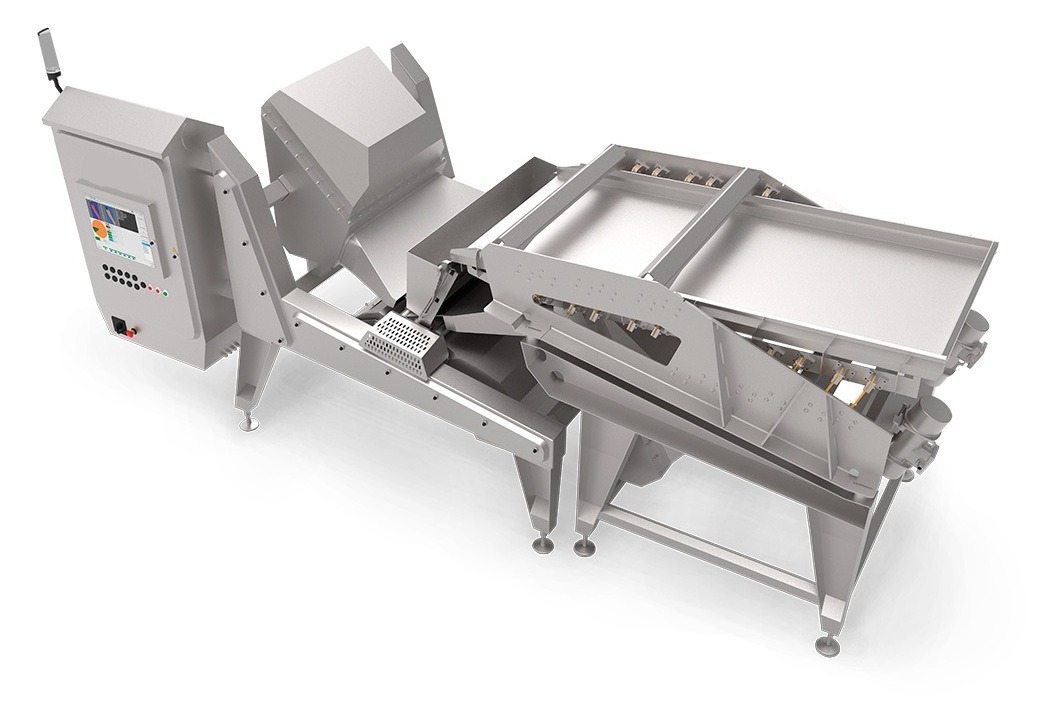
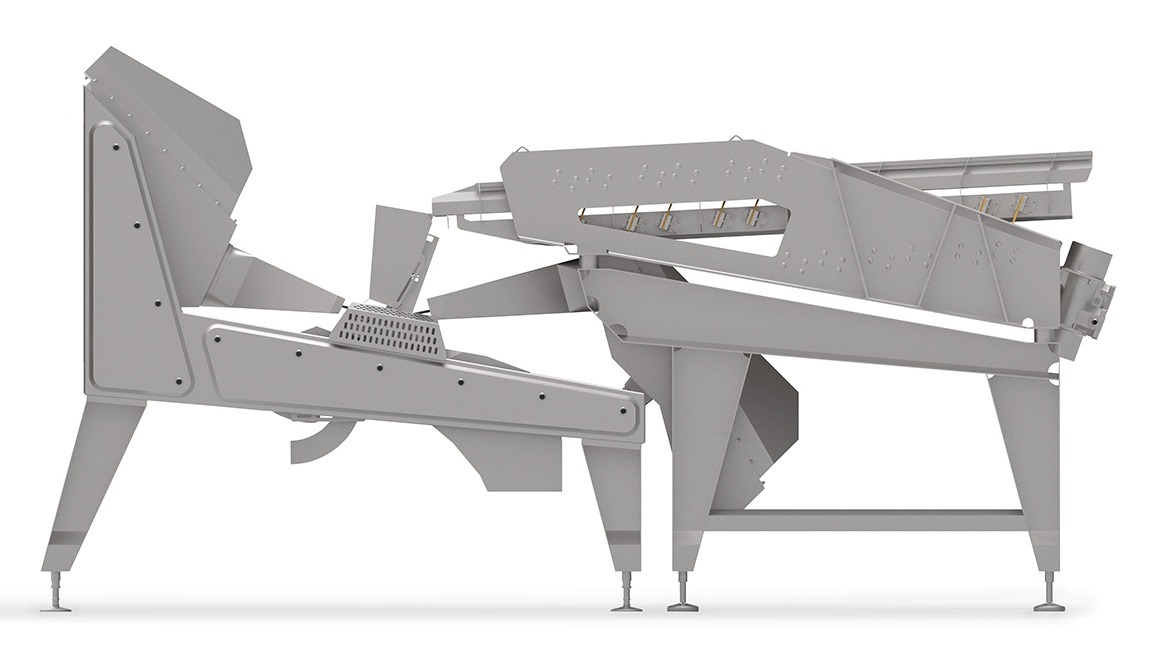
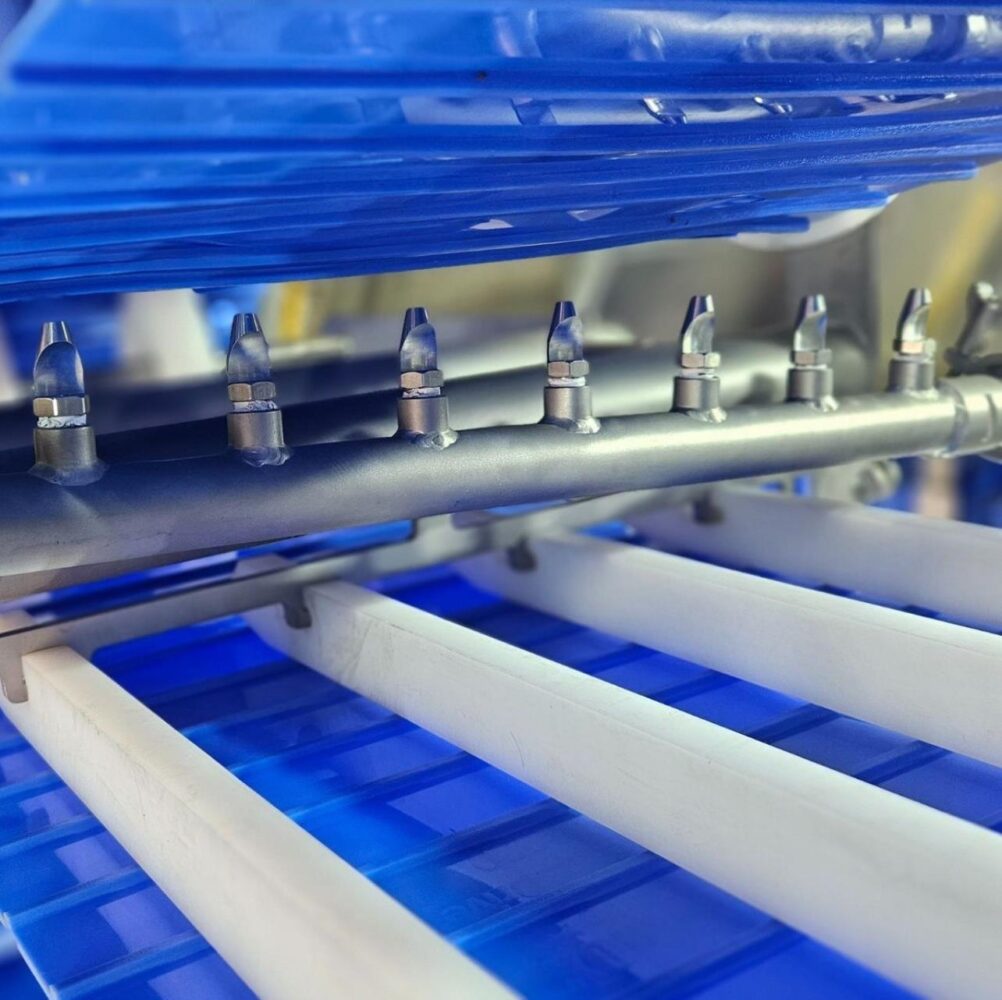
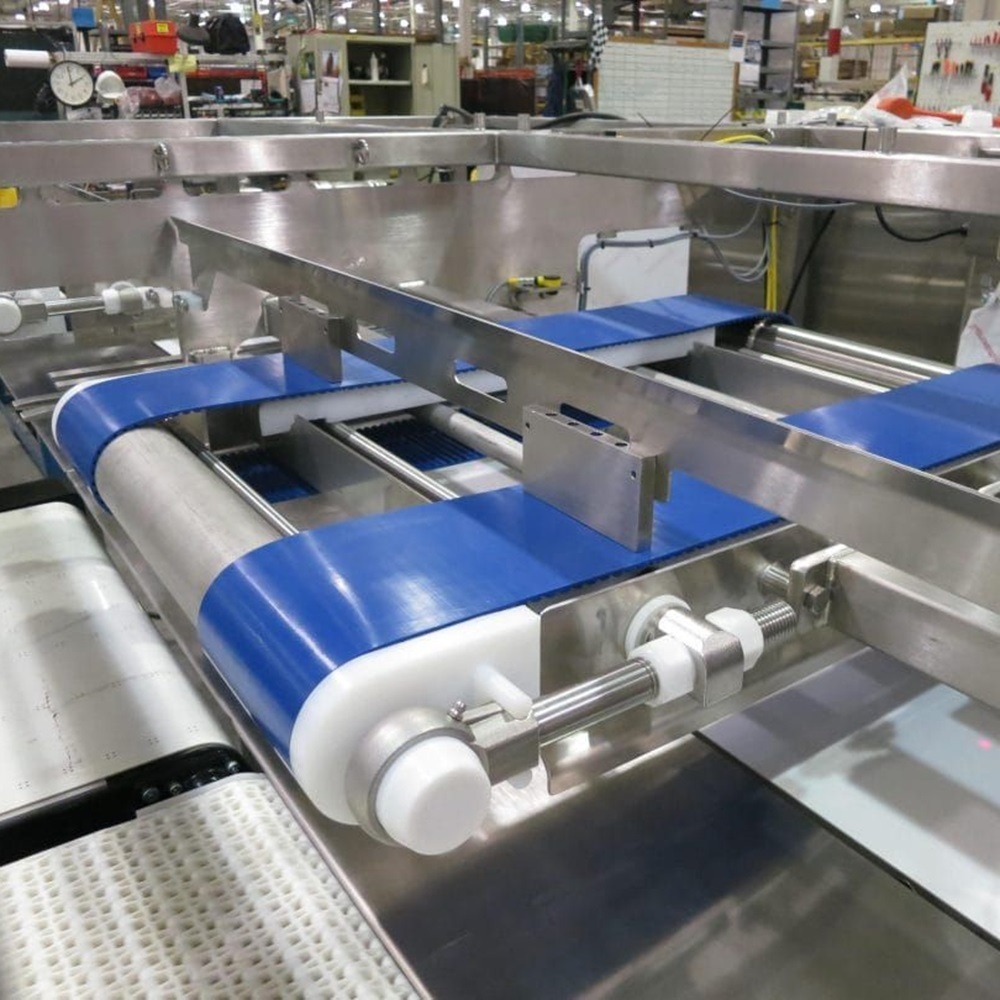
Contact
